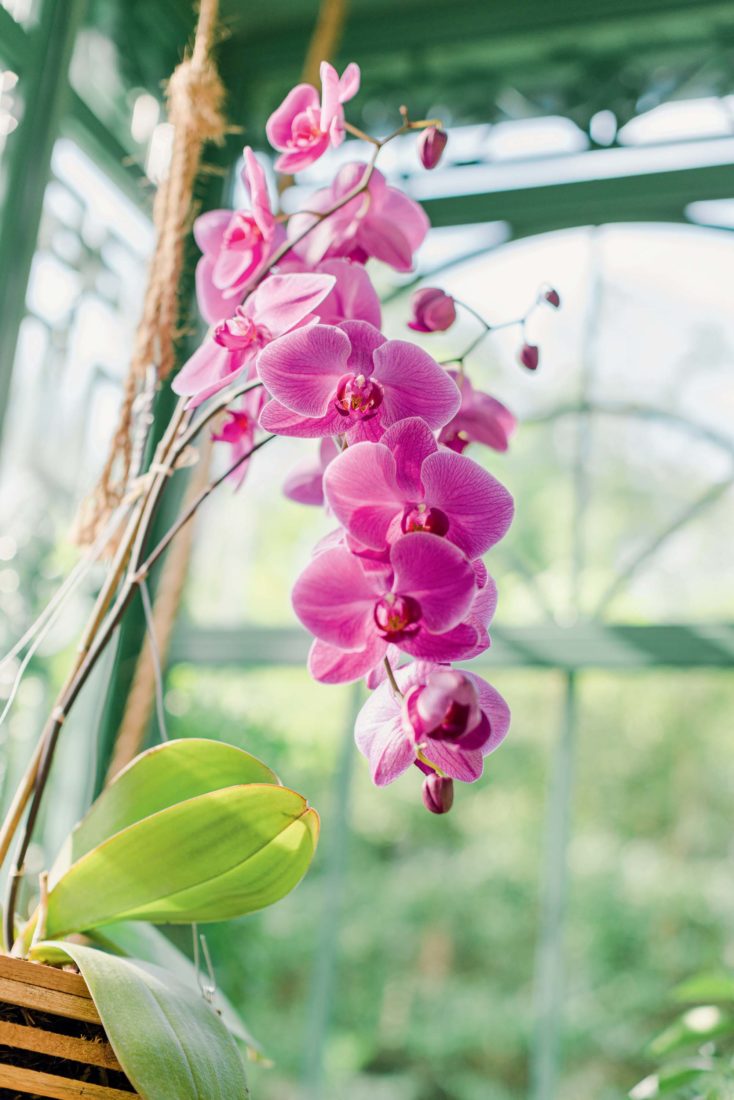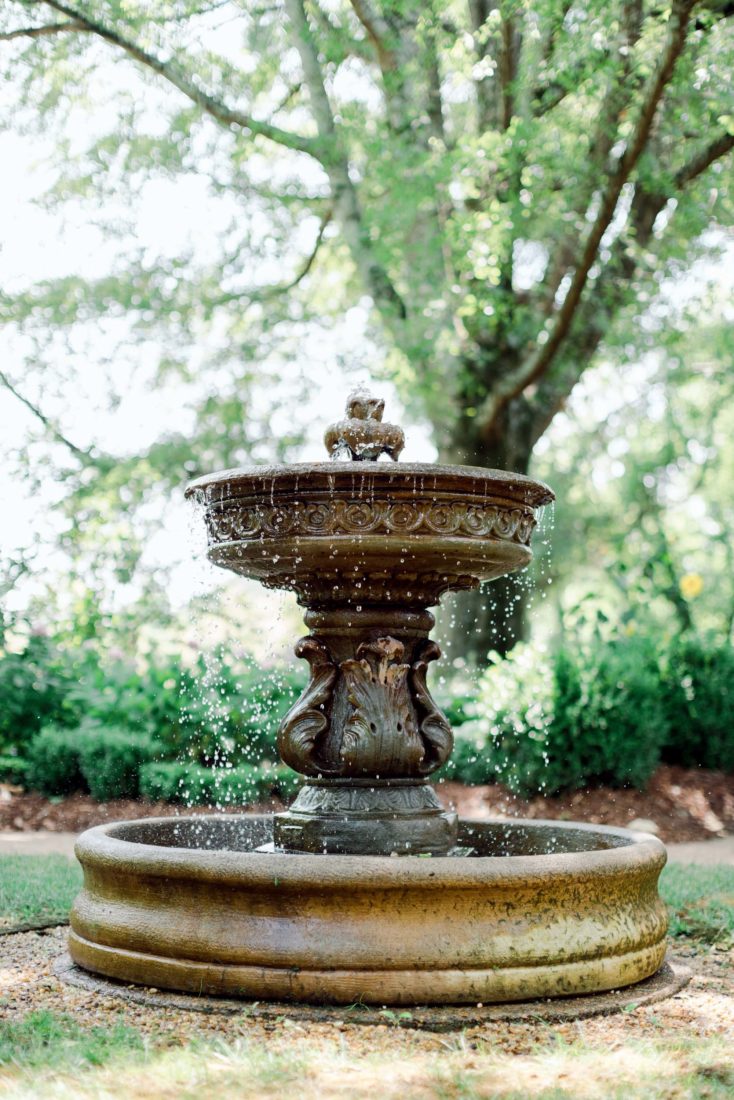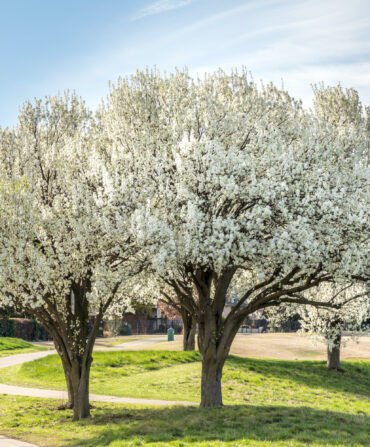The sounds of a cascading fountain, a trickling lily pad pond, a stucco bell tower. The sights of an elephant-shaped topiary, towering Italian cypresses, and a miniature Roman amphitheater. And as you descend the terraced back garden of Christy and Todd McCain in Chattanooga, a jewel box to spark the rest of the senses: a wrought-iron-and-glass conservatory filled with the scent of lemon and lime trees and the touch of the glossy leaves of orchids, orchids everywhere—a fitting structure to complement the couple’s 1906 Italianate house.

“The idea was to be authentic to Italianate Renaissance gardens,” Todd says of their three acres of period-appropriate garden rooms. “I wanted to have gardens within gardens.” But for their botanical treasures—Christy’s beloved citrus, and Todd’s adored orchids—the couple knew the conservatory would provide the perfect exhibition space when they first spotted the piece at Red Baron Antiques, near Atlanta, more than fifteen years earlier. When the time came to build their garden, Christy surprised her husband with the structure for his birthday. Laced with ornate scrollwork, the conservatory, the McCains were told, came from a project outside of Paris that never got off the ground. To prepare for the installation, the homeowners graded their sloped lawn to create several terraces to make the approach feel special. They wired for electricity and installed French drains under the concrete foundation, and then covered the floor with pea gravel to help with drainage.

The conservatory arrived in two semitrucks, with pieces of glass and iron spread out over forty crates, and workers with the McCains’ landscape architect, Craig Design Group, followed printed instructions to erect the structure. Meanwhile, Christy planned for a signature light fixture in the center, and knew whom to approach: Eloise Pickard, a lighting specialist in Georgia who crafts custom fixtures with a vintage look. Amber glass in the resulting chandelier echoes similar glasswork in the main house. The couple also installed two hundred light bulbs in the interior gutter to cast a glow on the ceiling, creating a fairylike light show in the evening.
Todd inherited his love of orchids from his father, so he always knew any sort of greenhouse they added would be dedicated to the care and display of these mysterious flowers. He began educating himself about orchids and experimenting with sunlight and watering techniques. Eventually he collected several dozen plants of thirteen varieties—many from nearby Lines Orchids—that bloom nine months out of the year. Along the way, he learned that orchids prefer morning light, but not too much of it—the lush ferns hanging from their conservatory ceiling befit a tropical greenhouse, and they also block harsh afternoon sun. To keep them perky, Todd soaks his orchids in a bucket of water for only about fifteen minutes, then lets them drain. Most orchids die because they’re overwatered, he says.

Using skills he developed at sea as an officer in the Navy, Todd devised a rope system to artfully display the orchids in wooden vanda boxes. He then hung the boxes at varying heights from the conservatory’s ceiling to reference how the plants grow in the wild—often in trees—inspired by a trip he and Christy took to Orchid World & Tropical Flower Garden in Barbados. “We have it set up like an art gallery, where things are at eye level,” she says. “You wouldn’t look at a painting on the floor, so we didn’t want them in a pot.”

Besides, Christy’s potted citrus trees cover the ground of the conservatory, though in the warmer months she moves them to the sunny patio. Christy, who grew up surrounded by an orange grove in Florida, cultivates lemons, limes, oranges, and grapefruits, and she, Todd, and the couple’s three boys feast on the bounty and share bags with the neighbors. “Some years we’ve harvested three to four hundred pieces of fruit,” says Christy, who also makes a mean limoncello liqueur from the leftovers.
The couple’s ambition with each of these decisions was to devise a hideaway reminiscent of the erstwhile era when European homeowners fashioned gardens that were decorative and delightful, not just functional. “I love the idea of those Renaissance gardens where people would sit and talk,” Todd says. “That’s where the secrets were told.”
This article appears in the August/September 2020 issue of Garden & Gun. Start your subscription here or give a gift subscription here.








